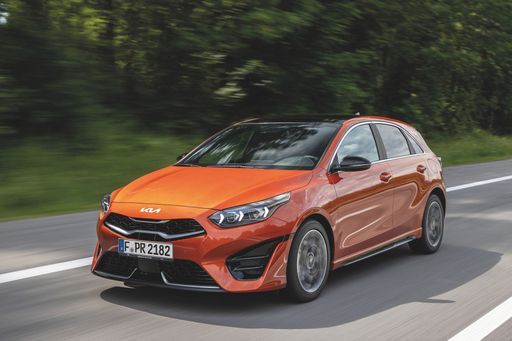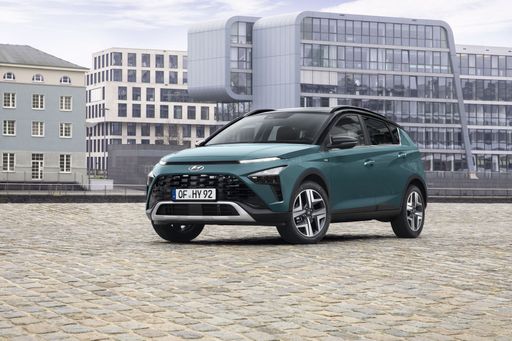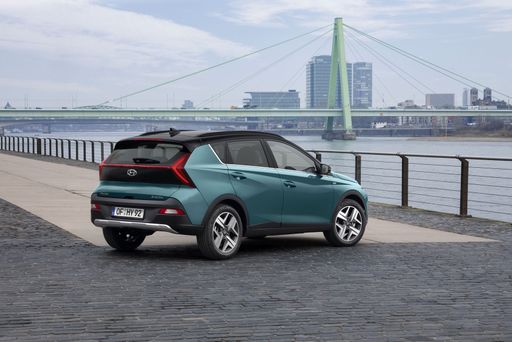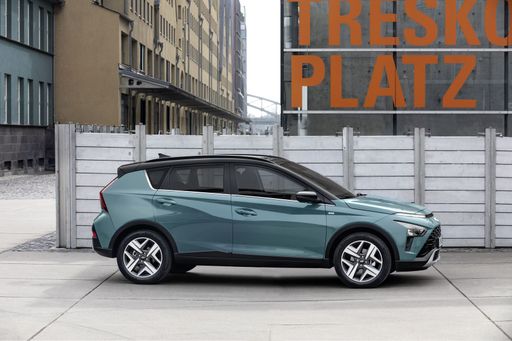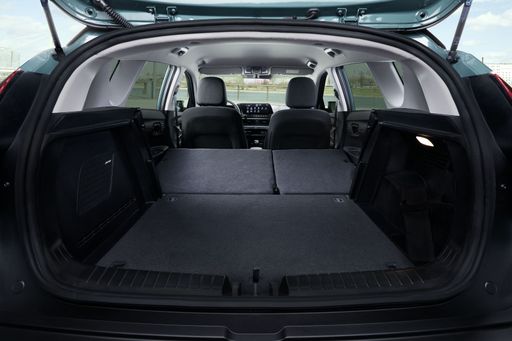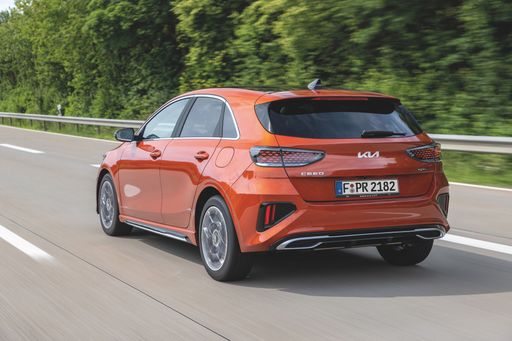Hyundai Bayon vs. Kia Ceed: A Detailed Comparison
The automotive market is continuously evolving, and in this competitive landscape, the Hyundai Bayon and Kia Ceed stand out as prominent choices for modern drivers. Each model appeals to different tastes within the compact segment, blending innovative technology with performance and comfort. In this article, we will delve into a comprehensive comparison of these two vehicles, focusing on their technical specifications, innovations, and unique features.

